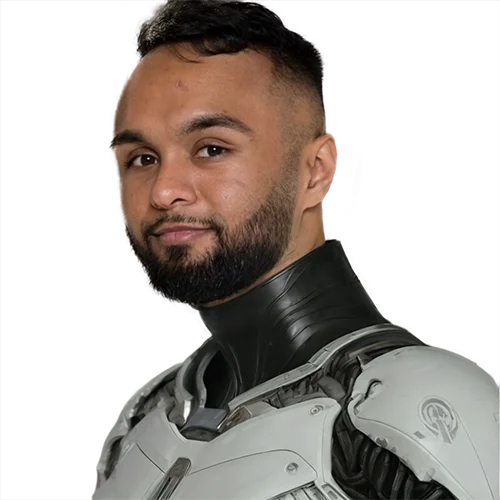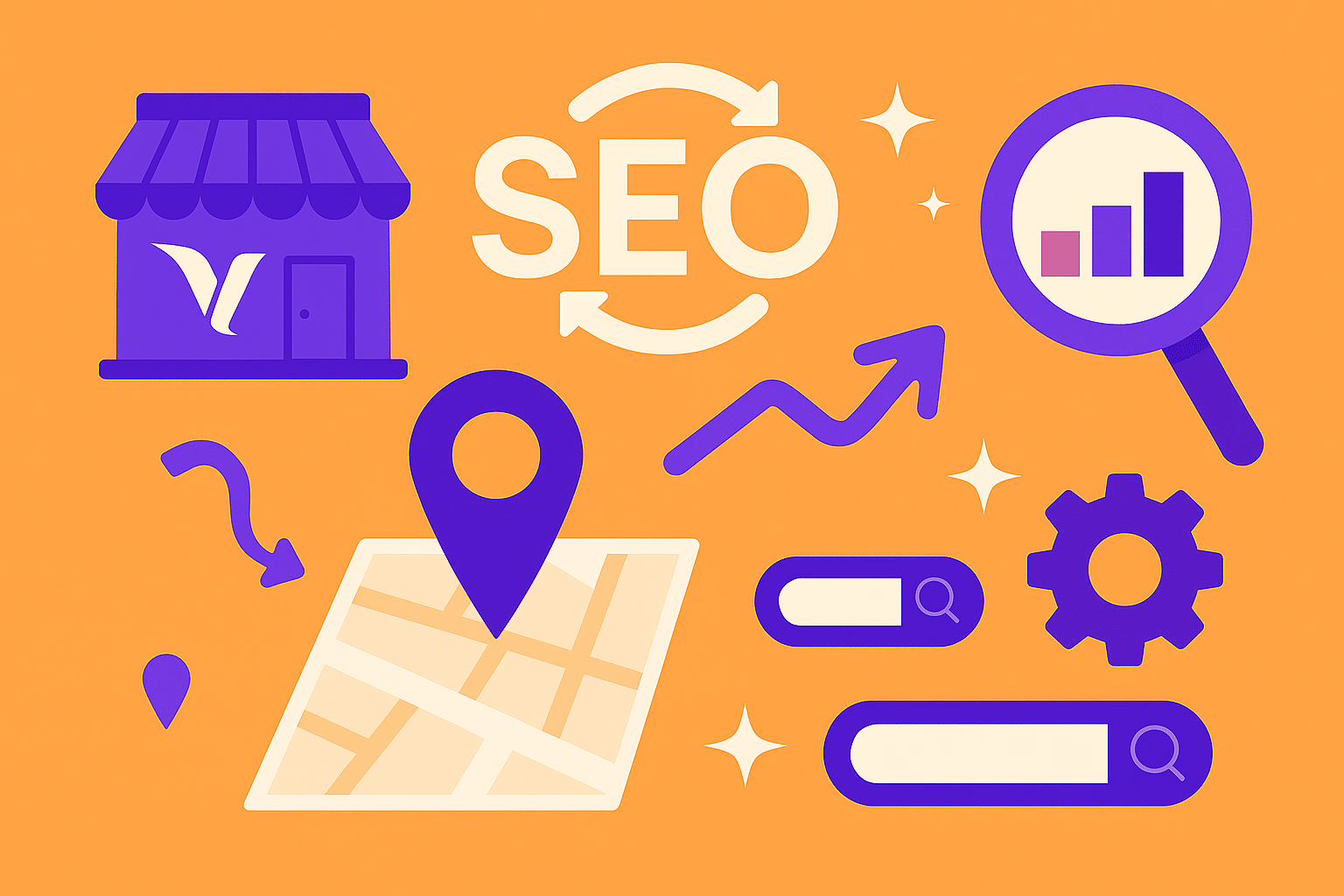
The fashion industry has firmly established itself as a major player in the eCommerce world. With online shopping now a dominant force, fashion eCommerce is a fiercely competitive landscape, making it more important than ever for businesses to stand out. In such a crowded space, Search Engine Optimization (SEO) becomes crucial for improving visibility, driving traffic, and ultimately boosting sales.
If you’re in the fashion industry, having a great website isn’t enough anymore. You need to make sure it’s visible to your audience, and SEO is the key to doing that. In this guide, we will break down the most effective SEO practices tailored specifically for fashion eCommerce, helping your business rise above the competition.
Why Fashion eCommerce Is Booming
The global fashion eCommerce industry has experienced significant growth over the past decade and shows no signs of slowing down. According to a report by Statista, the global online fashion market is projected to exceed $1 trillion by 2027. This expansion is largely due to the increasing convenience and accessibility of online shopping, as well as the rapid rise of mobile commerce, enabling fashion enthusiasts to purchase their favorite items with just a few clicks.
However, with this growth comes fierce competition. Thousands of fashion brands are fighting for attention, and while a sleek website and social media presence are essential, SEO is often the secret weapon behind the success of many leading fashion eCommerce brands.
Why SEO Matters for Fashion eCommerce
SEO is essential for fashion eCommerce because it helps your store get found organically on search engines. With effective SEO strategies, you can position your products and services in front of customers who are actively searching for fashion items. Considering that most users don’t scroll past the first page of Google, ranking high for relevant keywords can significantly impact your traffic and sales.
But SEO isn’t just about stuffing keywords into your product descriptions. It’s about delivering a seamless user experience while meeting search engine requirements. Google’s algorithms have become more sophisticated, prioritizing websites that offer great usability, fast loading times, mobile optimization, and valuable content.
Create a User-Friendly Website
A user-friendly website is the foundation of SEO. Search engines like Google rank websites based on how easily visitors can navigate through them. If your website is cluttered, slow, or hard to navigate, it will harm your SEO ranking and discourage potential customers from making a purchase.
Intuitive Navigation
Organize your product categories logically. For instance, categorize your fashion items based on type (e.g., dresses, shoes, accessories) and make it easy for users to find what they are looking for. An intuitive navigation system also makes it easier for search engines to crawl and index your site, boosting your chances of ranking well.
Example: Look at Zara, one of the largest fashion retailers in the world. Their website is sleek, minimalistic, and easy to navigate. Products are clearly categorized, and a robust search function allows users to quickly find exactly what they’re looking for. Zara’s navigation prioritizes the user experience, making it easy for customers to engage with the site and convert into buyers.
Mobile Optimization Is a Must
With over half of the global online traffic coming from mobile devices, having a mobile-friendly fashion eCommerce site is non-negotiable. Google also uses mobile-first indexing, meaning it primarily considers the mobile version of your site for ranking purposes. If your site isn’t mobile-optimized, you’ll not only frustrate mobile users but also fall behind in search rankings.
Ensure your website design is responsive, meaning it adjusts seamlessly to different screen sizes. Also, optimize the checkout process for mobile users. The fewer steps it takes to make a purchase, the better.
Example:ASOS is a great example of a fashion retailer that excels in mobile optimization. Their website adapts perfectly to different devices, and they offer an easy-to-navigate interface with fast loading times. This smooth mobile experience is part of what makes them a global leader in the fashion eCommerce space.
Use High-Quality Images and Alt Text
Fashion eCommerce heavily relies on visuals. Customers want to see the product clearly before making a purchase, so investing in high-quality images is essential. While these images are crucial for your customers, they also play an important role in SEO for your Fashion store.
Optimize Image Files
Ensure that your images are optimized to avoid slowing down your website. Compress your images to maintain high quality while reducing their file size. Slow-loading pages can significantly hurt your SEO rankings as Google factors in site speed when determining rankings.
Use Descriptive Alt Text
Alt text helps search engines understand the content of your images. When you upload images of your products, write descriptive alt text that includes relevant keywords. This not only helps with SEO but also improves accessibility for users who rely on screen readers.
Prioritize Site Speed
Fast-loading websites rank higher on Google. Studies show that a delay of just a few seconds in page load time can lead to a significant drop in conversions. In the fashion eCommerce space, where users are browsing through multiple products and pages, slow speeds can make a negative impression and drive potential customers away.
To improve your site speed, consider the following:
- Compress images: Reduce the file size of your product images without sacrificing quality.
- Use a Content Delivery Network (CDN): CDNs store copies of your website on multiple servers worldwide, helping to speed up delivery to users no matter where they are.
- Minimize JavaScript and CSS: Reduce unnecessary code to improve load times.
- Choose a reliable hosting provider: Your hosting service can also affect how quickly your site loads.
Leverage Product Descriptions for SEO
While visuals are important, the words you use on your site matter just as much for SEO. Your product descriptions should be both compelling for customers and optimized for search engines.
Avoid Generic Descriptions
Copying and pasting product descriptions from the manufacturer is a common mistake. Not only does this look unoriginal, but it also results in duplicate content issues, which can negatively impact your SEO. Take the time to write unique, descriptive content for each product.
Use Keywords Naturally
When writing product descriptions, incorporate relevant keywords that customers are likely to search for. For instance, if you’re selling “black leather jackets,” be sure to include that phrase in your description. However, avoid keyword stuffing. The copy should read naturally and provide useful information about the product.
Example:Nordstrom does a great job with product descriptions. They describe the fabric, fit, and care instructions while subtly incorporating relevant keywords that appeal to search engines without overwhelming the reader.
Create Engaging, Shareable Content
Content marketing is a powerful tool for building brand authority and driving traffic. Regularly updated blogs, fashion guides, trend reports, and styling tips not only engage your audience but also help with SEO by providing fresh content that Google loves.
Target Long-Tail Keywords
Long-tail keywords are specific phrases that customers might search for, such as “how to style a trench coat” or “best winter boots for women.” These keywords tend to have less competition than broad terms, giving your content a better chance of ranking highly on search engines.
Use Influencers and User-Generated Content
Fashion thrives on community and trends, so tapping into influencers and customer testimonials can amplify your brand’s reach. Encourage customers to post about their purchases and tag your brand. Featuring user-generated content on your site or blog can increase social proof and boost your SEO efforts as this type of content often gets shared more frequently.
Build Strong Backlinks
Backlinks, or inbound links from other websites to your site, are a critical factor in SEO. Google considers these links as votes of confidence from other websites, which can significantly improve your ranking. However, quality is more important than quantity when it comes to backlinks.
Focus on building relationships with fashion bloggers, industry publications, and influencers who can link back to your site. Guest blogging, influencer collaborations, and even partnering with local media can earn valuable backlinks for your Apparel eCommerce store.
Stand Out with Schema Markup
Schema markup is a type of microdata that helps search engines understand your content better. For fashion eCommerce, you can use schema to mark up products, reviews, and prices. This can result in rich snippets in search engine results, such as star ratings, prices, and product availability, making your listing more attractive to users.
How MAK Digital Can Elevate Your Fashion eCommerce SEO
At MAK Digital, we specialize in helping fashion eCommerce brands navigate the competitive digital landscape with tailored eCommerce SEO strategies. We know the fashion industry moves fast, and our expert fashion SEO team is here to keep your brand ahead of the curve. Since 2012, we’ve helped a wide range of fashion businesses—from luxury brands to sustainable clothing lines—improve their search rankings, increase visibility, and connect authentically with their target audiences. Our comprehensive services include keyword research, content optimization, mobile SEO, and technical SEO, all designed to enhance your online presence and drive sales.
With a deep understanding of the fashion industry, we craft SEO strategies that not only boost your search visibility but also resonate with fashion-conscious consumers. For example, we helped Penelope T Boutique optimize its eCommerce store, resulting in higher rankings and improved customer engagement. Whether it’s improving mobile performance, optimizing product pages, or building high-quality backlinks, our team is committed to ensuring your brand stands out in a crowded market. Partner with MAK Digital to lead the fashion revolution online, delivering a seamless shopping experience while driving traffic and conversions.
Conclusion
SEO is vital for the success of any fashion eCommerce business. By implementing these best practices—from optimizing your product descriptions and images to creating a user-friendly and mobile-optimized site—you can dramatically improve your store’s visibility and performance in search engine rankings.
As the fashion eCommerce space continues to grow, standing out from the crowd requires more than just a great product offering. It requires a well-thought-out SEO strategy that prioritizes the user experience while meeting search engine standards. By staying on top of these practices and continually optimizing your site, you’ll set your fashion eCommerce store on a path toward sustainable growth and success.

 Eashan Mehta
Eashan Mehta







